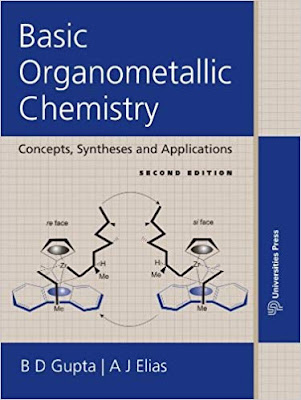Question & Answer Session:~
This type of combined problem came in various competitive examination like UGC/CSIR-NET, GATE, BARC, TIFR & IIT JAM and so on.

This type of combined problem came in various competitive examination like UGC/CSIR-NET, GATE, BARC, TIFR & IIT JAM and so on.

Question:-) When this derivative of cholesterol under treatment with hydroxylamine hydrochloride and followed by para toluene suphonyl chloride in presence of pyridine ,after heating with water, then finally it gives a product, what will be the actual product in given options.
Answer:-) options:- (a)
-----: Reaction Mechanism :----
Solution:- First of all the hydroxylamine it will attack on the more electropositive centre on the starting material (1). And after charge neutralization it will gives an ammonium hydroxide (2). After removal of water molecule, it gives an oxime (3).
And the next reagents PTS-Cl in presence of pyridine. After formation of oxime (3), it can attack on the solid para toluene suphonyl chloride center and chloride ion remove as a leaving group. And pyridine can takes proton from oxime to give an system (4). After the addition of OTs, it becomes more unstable due to OTs is A very good leaving group. Here, in structure- 4, lone pair on N- atom falls here and valency of this C- atom is increases, for this reason one of the group will migrates, but the question is which group will migrates ? The more priority group i.e., this whole group (four rings) will migrates to N- atom and -OTs group removed from this system to give an isolated highly reactive species (5). So here rearrangement can take place.
And finally heating with water to give structure- (6). After tautomerism it will gives amide like system and that is the actual product, i.e., structure-7 is the product. So the options- (a) is the correct answer.
At a glance:-
Hydroxylamine :- Hydroxylamine is an inorganic compound with the formula NH2OH. The pure material is a white, unstable crystalline, hygroscopic compound. However, hydroxylamine is almost always provided and used as an aqueous solution. It is used to prepare oximes, an important functional group.
Para toluene suphonyl chloride:- 4-Toluenesulfonyl chloride is an organic compound having the formula CH₃C₆H₄SO₂Cl. This white, malodorous solid is a reagent widely used in organic synthesis. Abbreviated TsCl or TosCl, it is a derivative of toluene and contains a sulfonyl chloride functional group.
























